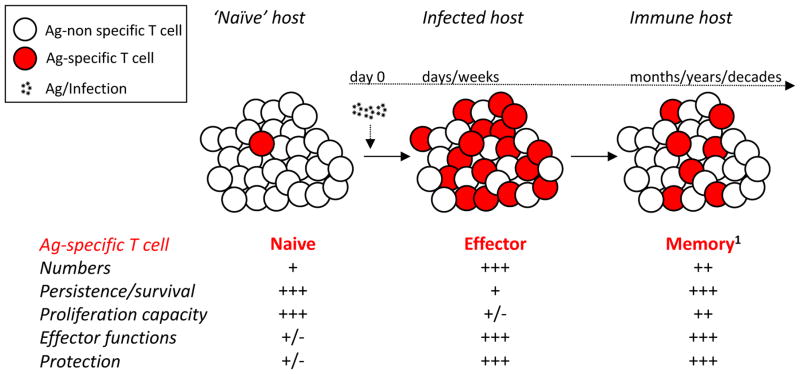Figure 1. Naïve, effector, and memory T cells generated after acute infection/vaccination.
Naïve T cells, of a given Ag-specificity, exist at low numbers with minimal on-per-cell basis functionality and protective capacity. They are long-lived cells able to vigorously proliferate upon cognate Ag-stimulation, generating a sizable effector pool with ample functionality (cytotoxicity and cytokine production) and protective capacity. However, the vast majority of effector T cells have a limited life-span with diminished Ag-driven proliferative capacity. Those effector T cells that survive the contraction phase will form a long-lived memory T cell pool maintaining their effector functionality and protective capability.
1Of note - memory T cells represent a heterogeneous population of cells with defined phenotype, function, and localization that constantly changes with time after initial antigen encounter (93, 94). It is interesting to posit that memory T cell subsets might have differential susceptibility to sepsis-induced apoptosis and ability to recover in numbers and function in post-septic environment.

